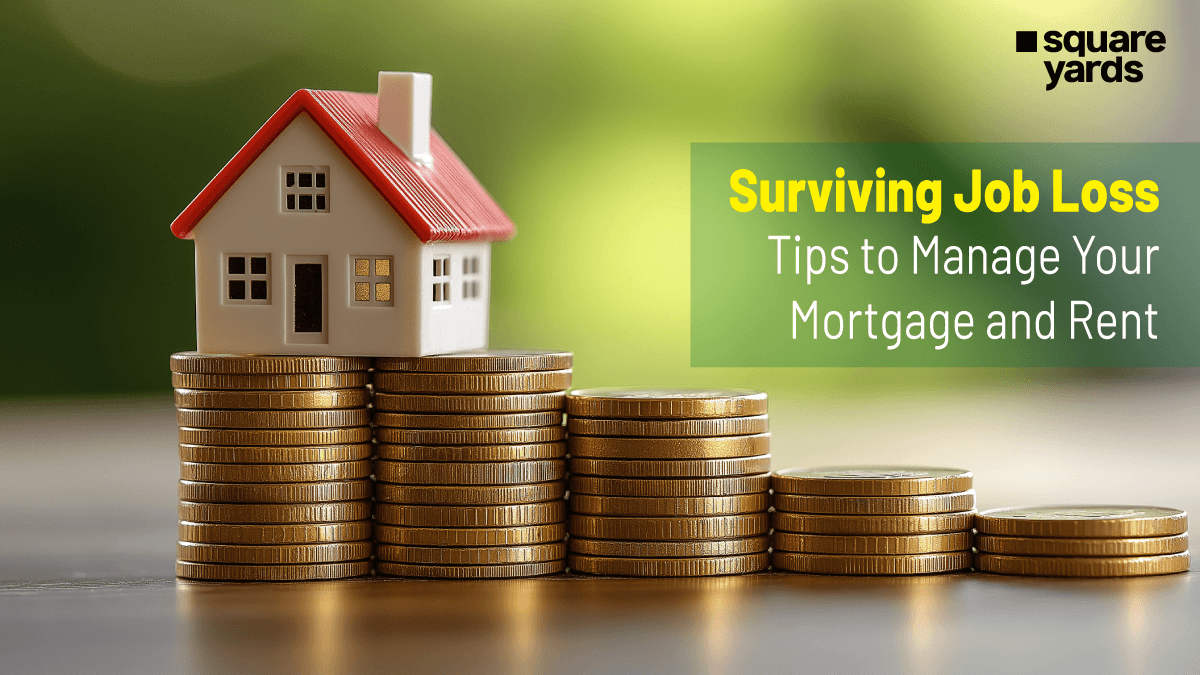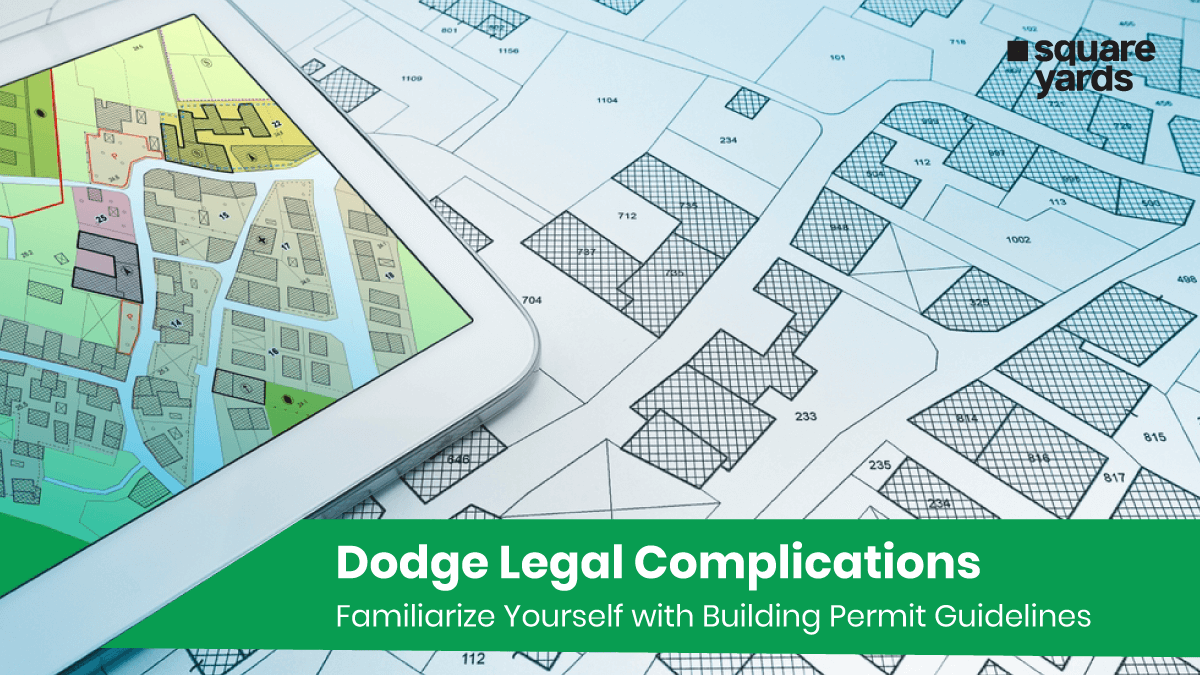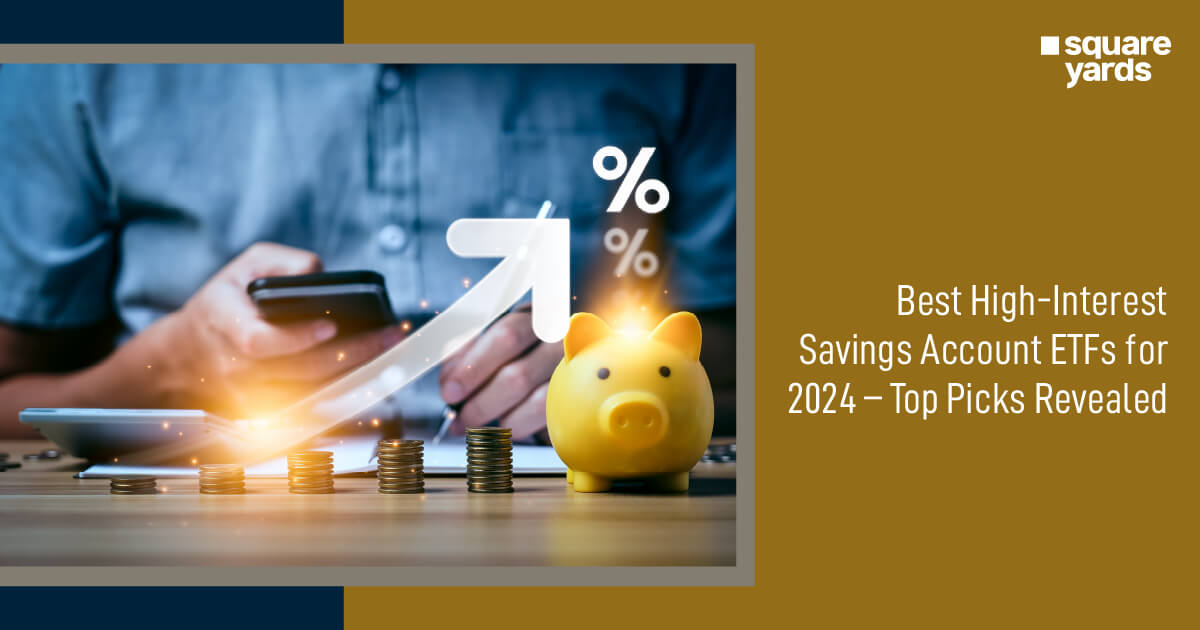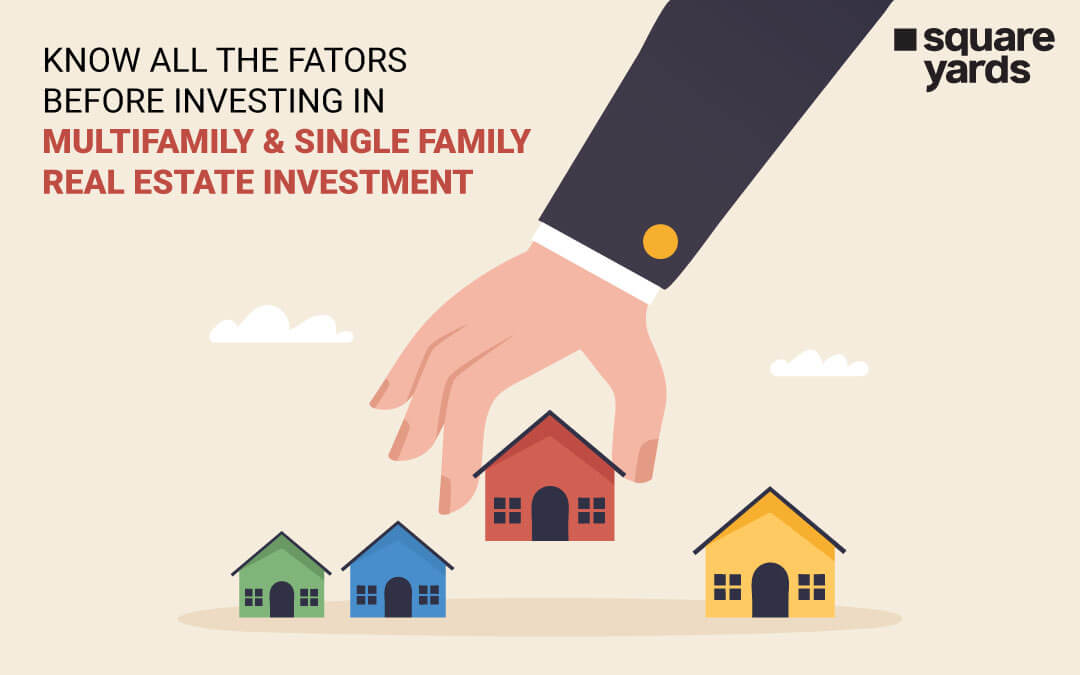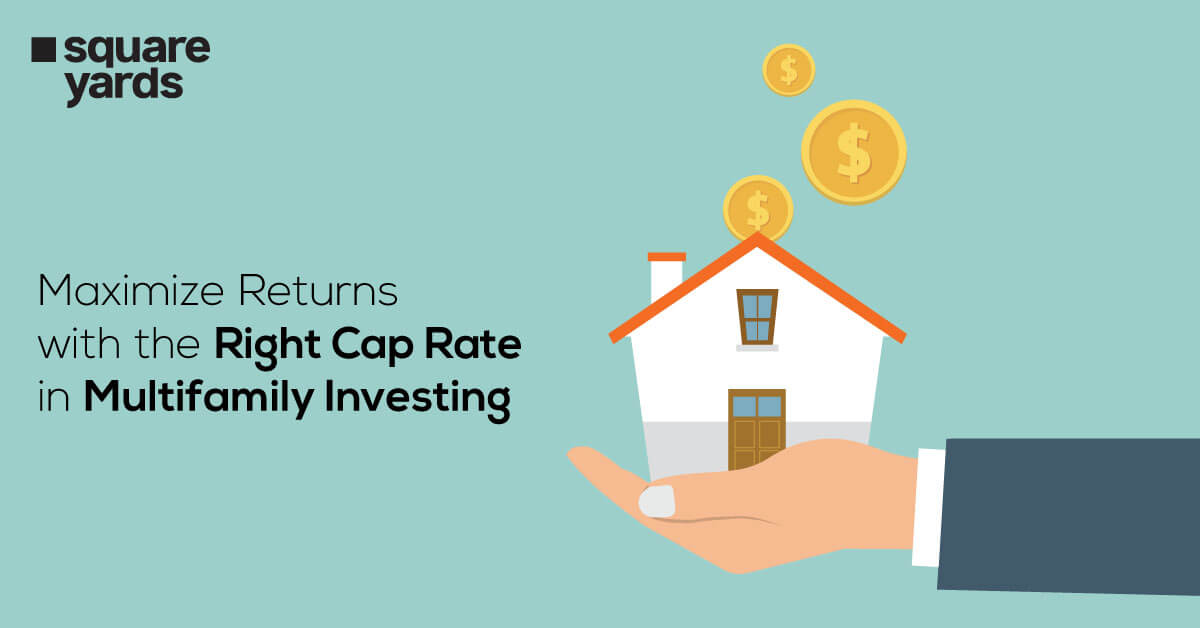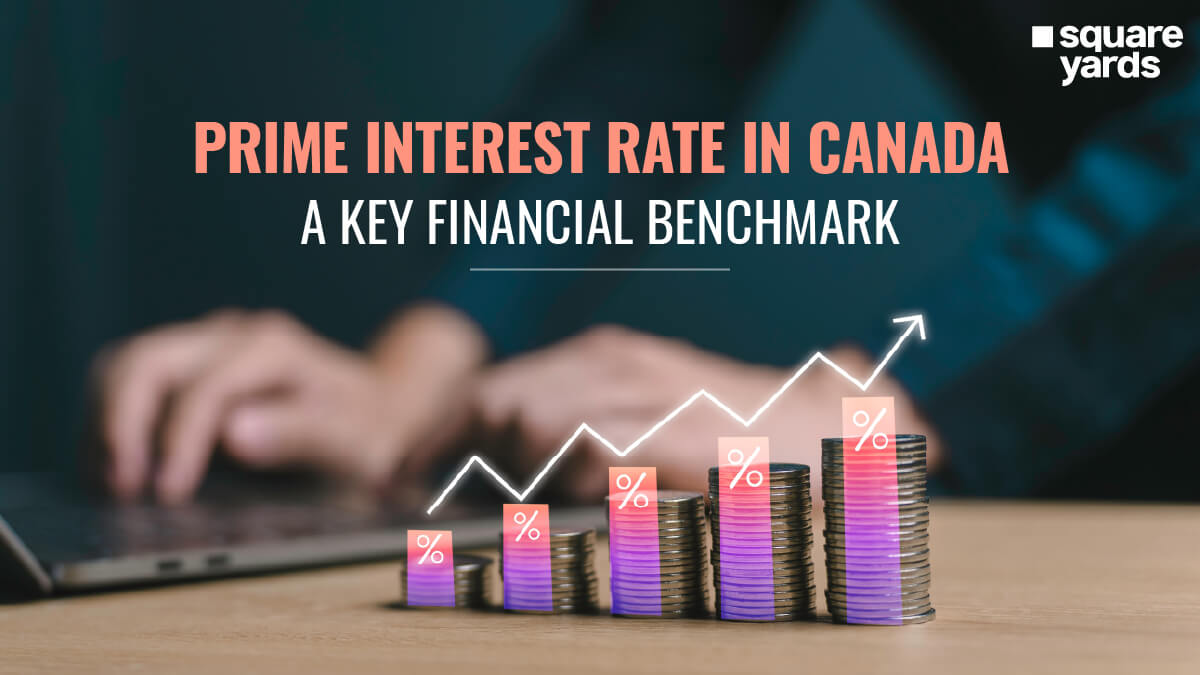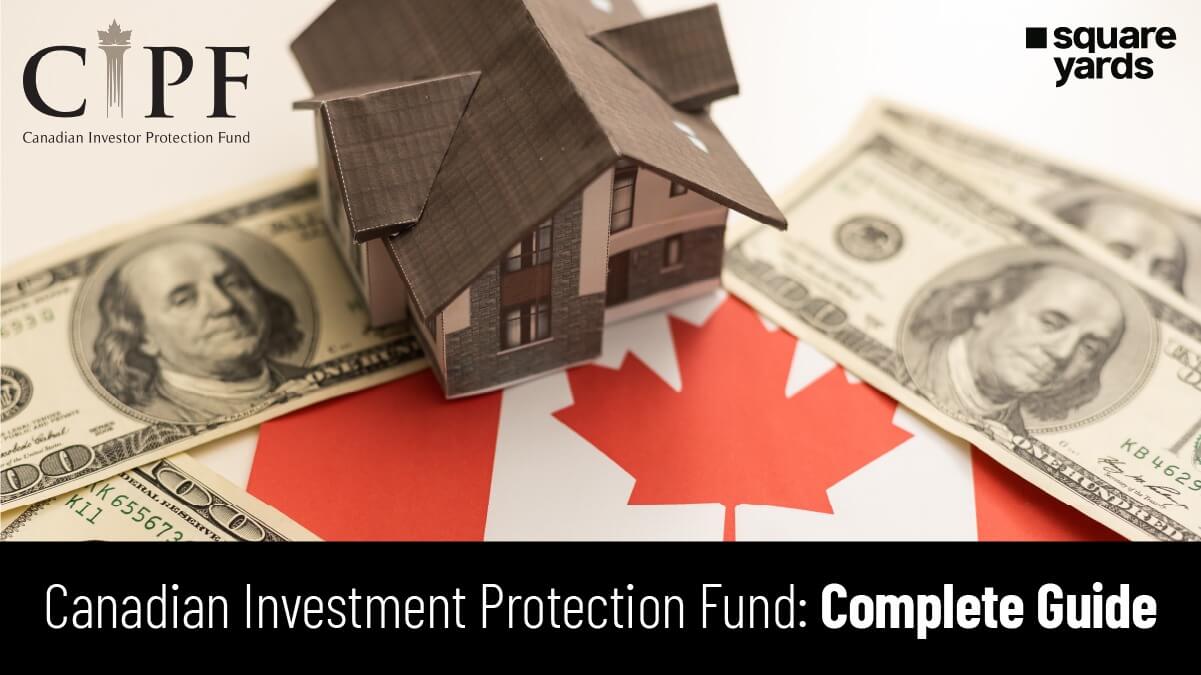Have you seen a run-down house transformed into a beautiful home and sold for a profit? If the answer is yes, you have witnessed house flipping. Flipping refers to buying property in Canada, renovating it, and reselling it for a higher price within a short time frame. The goal is to add value through upgrades and strategic improvements, making the property more desirable to buyers. In the past, house flipping was a popular way for investors to generate quick returns, especially in booming real estate markets.
However, the landscape is changing. With rising borrowing costs, unpredictable home values, and increased competition, many investors wonder whether flipping in Canada and beyond is still a smart investment strategy. So, is it still possible to profit in today’s market? What are the challenges of flipping, and are there still opportunities for investors? This guide breaks it down, helping you decide whether flipping is worth your time in 2025.
Flipping in 2025: How the Real Estate Market is Evolving
House flipping has always been about timing and strategy, but in 2025, the game is changing. The real estate market has cooled from its peak, with mortgage rates still elevated and home prices stabilising. For flippers, this means fewer quick wins and more calculated risks. While flipping in Canada was once driven by rapid price growth, 2025 brings a more measured market, where success depends on choosing the right properties in high-demand areas. Investors now need to be selective, strategic, and financially prepared. To stay profitable, flippers must act smartly by understanding market trends, planning renovations wisely, and considering new challenges.
Challenges of Flipping in 2025: Key Hurdles for Investors
Investors must navigate many challenges in flipping to achieve profitability. Understanding these hurdles is crucial for making informed decisions in the current real estate landscape.
The Rising Cost of Financing
Mortgage rates have experienced significant fluctuations in recent years, impacting the cost of financing for house flippers. Higher interest rates lead to increased borrowing expenses, reducing potential profit margins. Investors need to assess these costs carefully when planning their projects.
Shortages in Materials and Skilled Labour
The construction industry continues to face challenges related to material shortages and a lack of skilled labour. These issues can lead to project delays and increased renovation costs, affecting the overall profitability of flipping ventures. Staying informed about supply chain developments and building strong relationships with reliable contractors can help mitigate these risks.
Uncertain Property Valuations
Fluctuations in property values add another layer of complexity for flippers. While some markets have stabilised, others may experience declines or stagnation, making it challenging to forecast future sale prices accurately. This volatility requires a more conservative approach to investment and profit projections.
Growing Competition in the Market
The popularity of house flipping has led to increased competition, particularly in markets with limited inventory. This heightened demand can drive up purchase prices, squeezing profit margins and making it more difficult to secure lucrative deals. Investors must be diligent in their market research and strategic property acquisitions to maintain profitability.
Flipping in Canada: Where the Opportunities Lie
While flipping in 2025 presents its fair share of challenges, it is not all bad news. The real estate market is evolving, but smart investors can still find profitable opportunities by adapting their strategies. Here is where flippers can gain in today’s market:-
Finding Profitable Undervalued Markets
With housing price growth slowing down, flipping in Canada is no longer about chasing hot markets. Instead, investors need to identify undervalued areas where demand is rising. Cities undergoing redevelopment, regions benefiting from new infrastructure, and upcoming neighbourhoods offer great flipping potential at lower entry costs.
Maximising Returns with Cosmetic Upgrades
With renovation costs on the rise, full-scale remodels can eat into profits. Instead of overhauling a property, savvy flippers focus on cosmetic upgrades such as fresh paint, modern fixtures, updated kitchens, and minor landscaping. These affordable improvements boost resale value without stretching budgets.
Adapting to Extended Holding Periods
In a slower market, quick flips aren’t always feasible. Many investors now hold onto properties longer to wait for a better selling window. While this means accounting for carrying costs, it also provides the chance to rent out the property, helping cover expenses until the market is favourable for selling.
Benefiting from Rising Rental Demand
With high home prices making it harder for buyers to enter the market, rental demand is stronger than ever. Some flippers are shifting their strategy by holding properties as rentals before selling them. This approach allows them to earn rental income while waiting for prices to appreciate.
Leveraging Technology for Smarter Flipping
Tech tools are making flipping more data-driven than ever. Investors can use AI-powered market analysis, virtual staging, and automated renovation cost estimators to make smarter, faster decisions. Digital platforms also make tracking market trends easier and help identify profitable deals before the competition.
Is Flipping in 2025 Still a Profitable Strategy?
Given rising costs, market fluctuations, and increased competition, it is fair to ask whether flipping in 2025 is still worth it. While it’s no longer a guaranteed win, those who adapt can still turn a profit. Flippers who target undervalued markets, manage costs wisely, and account for longer hold times can see solid returns. Quick flips come with higher risks, but opportunities remain for those approaching the market strategically rather than expecting easy profits. For those flipping in Canada, local market research is essential. Not all areas offer the same potential, finding high-demand locations with steady appreciation will determine who succeeds and who struggles to break even.
You May Also Read :
|
Know The Home Flipping Tax |
|
|
Guide To Alberta Booming Rental Market |
|
|
Explore Calgary Real Estate Market |
|
|
Understand Canada Market Economy |
Frequently Asked Questions (FAQs)
Mortgage rates are expected to hover around 4.95% by mid-2025, making financing more expensive than before the pandemic. Investors should factor in higher borrowing costs when planning flips.
Yes, but success depends on choosing undervalued properties, managing costs, and timing the market wisely. Rapid price appreciation is no longer guaranteed, so strategic investments are key.
Yes, but it is regulated. Flippers must comply with tax laws, zoning regulations, and disclosure requirements. New tax rules target speculative activity.
The anti-flipping tax applies to homes sold within 12 months of purchase, taxing profits as business income instead of capital gains. Some exemptions apply, like death or job relocation. What will interest rates be in 2025 in Canada?
Is house flipping profitable in Canada?
Is flipping legal in Canada?
What are the new rules for flipping houses in Canada?




